Johann Sebastian Bach Recordings
Born in Eisenach, Thuringia, Germany, on March 31, 1685, Johann Sebastian Bach came from a family of musicians, stretching back several generations. His father, Johann Ambrosius, worked as the town musician in Eisenach, and it is believed that he taught young Johann to play the violin.
At the age of seven, Bach went to school where he received religious instruction and studied Latin and other subjects. His Lutheran faith would influence his later musical works. By the time he turned 10, Bach found himself an orphan after the death of both of his parents. His older brother Johann Christoph, a church organist in Ohrdruf, took him in. Johann Christoph provided some further musical instruction for his younger brother and enrolled him in a local school. Bach stayed with his brother’s family until he was 15. Bach had a beautiful soprano singing voice, which helped him land a place at a school in Lüneburg. Sometime after his arrival, his voice changed and Bach switched to playing the violin and the harpsichord. Bach was greatly influenced by a local organist named George Böhm. In 1703, he landed his first job as a musician at the court of Duke Johann Ernst in Weimar. There he was a jack-of-all-trades, serving as a violinist and at times, filling in for the official organist.
Bach had a growing reputation as a great performer, and it was his great technical skill that landed him the position of organist at the New Church in Arnstadt. He was responsible for providing music for religious services and special events as well as giving music instruction. An independent and sometimes arrogant young man, Bach did not get along well with his students and was scolded by church officials for not rehearsing them frequently enough.
Bach did not help his situation when he disappeared for several months in 1705. While he only officially received a few weeks’ leave from the church, he traveled to Lübeck to hear famed organist Dietrich Buxtehude and extended his stay without informing anyone back in Arnstadt.In 1707, Bach was glad to leave Arnstadt for an organist position at the Church of St. Blaise in Mühlhausen. This move, however, did not turn out as well as he had planned. Bach’s musical style clashed with the church’s pastor. Bach created complex arrangements and had a fondness for weaving together different melodic lines. His pastor believed that church music needed to be simple. One of Bach’s most famous works from this time is the cantata “Gottes Zeit ist die allerbeste Zeit,” also known as “Actus Tragicus.”
After a year in Mühlhausen, Bach won the post of organist at the court of the Duke Wilhelm Ernst in Weimar. He wrote many church cantatas and some of his best compositions for the organ while working for the duke. During his time at Weimar, Bach wrote “Toccata and Fugue in D Minor,” one of his most popular pieces for the organ. He also composed the cantata “Herz und Mund und Tat,” or Heart and Mouth and Deed. One section of this cantata, called “Jesu, Joy of Man’s Desiring” in English, is especially famous.
In 1717, Bach accepted a position with Prince Leopold of Anhalt-Cöthen. But Duke Wilhelm Ernst had no interest in letting Bach go and even imprisoned him for several weeks when he tried to leave. In early December, Bach was released and allowed to go to Cöthen. Prince Leopold had a passion for music. He played the violin and often bought musical scores while traveling abroad.
While at Cöthen, Bach devoted much of his time to instrumental music, composing concertos for orchestras, dance suites and sonatas for multiple instruments. He also wrote pieces for solo instruments, including some of his finest violin works. His secular compositions still reflected his deep commitment to his faith with Bach often writing the initials I.N.J. for the Latin In Nomine Jesu, or “in the name of Jesus,” on his sheet music.
In tribute to the Duke of Brandenburg, Bach created a series of orchestra concertos, which became known as the “Brandenburg Concertos,” in 1721. These concertos are considered to be some of Bach’s greatest works. That same year, Prince Leopold got married, and his new bride discouraged the prince’s interest in music. Bach completed the first book of “The Well-Tempered Clavier” around this time. With students in mind, he put together this collection of keyboard pieces to help them learn certain techniques and methods. Bach had to turn his attentions to finding work when the prince dissolved his orchestra in 1723.
After auditioning for a new position in Leipzig, Bach signed a contract to become the new organist and teacher at St. Thomas Church. He was required to teach at the Thomas School as a part of his position as well. With new music needed for services each week, Bach threw himself into writing cantatas. The “Christmas Oratorio,” for example, is a series of six cantatas that reflect on the holiday.
Bach also created musical interpretations of the Bible using choruses, arias and recitatives. These works are referred to as his “Passions,” the most famous of which is “Passion According to St. Matthew.” This musical composition, written in 1727 or 1729, tells the story of chapters 26 and 27 of the Gospel of Matthew. The piece was performed as part of a Good Friday service.
One of his later religious masterworks is “Mass in B minor.” He had developed sections of it, known as Kyrie and Gloria, in 1733, which were presented to the Elector of Saxony. Bach did not finish the composition, a musical version of a traditional Latin mass, until 1749. The complete work was not performed during his lifetime.
By 1740, Bach was struggling with his eyesight, but he continued to work despite his vision problems. He was even well enough to travel and perform, visiting Frederick the Great, the king of Prussia in 1747. He played for the king, making up a new composition on the spot. Back in Leipzig, Bach refined the piece and gave Frederick a set of fugues called “Musical Offering.”
In 1749, Bach started a new composition called “The Art of Fugue,” but he did not complete it. He tried to fix his failing sight by having surgery the following year, but the operation ended up leaving him completely blind. Later that year, Bach suffered a stroke. He died in Leipzig on July 28, 1750.
During his lifetime, Bach was better known as an organist than a composer. Few of his works were even published during his lifetime. Still Bach’s musical compositions were admired by those who followed in his footsteps, including Amadeus Mozart and Ludwig van Beethoven. His reputation received a substantial boost in 1829 when German composer Felix Mendelssohn reintroduced Bach’s “Passion According to St. Matthew.”
Musically, Bach was a master at invoking and maintaining different emotions. He was an expert storyteller as well, often using melody to suggest actions or events. In his works, Bach drew from different music styles from across Europe, including French and Italian. He used counterpoint, the playing of multiple melodies simultaneously, and fugue, the repetition of a melody with slight variations, to create richly detailed compositions. He is considered to be the best composer of the Baroque era, and one of the most important figures in classical music in general.
Little personal correspondence has survived to provide a full picture of Bach as a person. But the records do shed some light on his character. Bach was devoted to his family. In 1706, he married his cousin Maria Barbara Bach. The couple had seven children together, some of whom died as infants. Maria died in 1720 while Bach was traveling with Prince Leopold. The following year, Bach married a singer named Anna Magdalena Wülcken. They had thirteen children, but more than half of them died at a very young age.
Bach clearly shared his love of music with his children. From his first marriage, Wilhelm Friedemann Bach and Carl Philipp Emanuel Bach became composers and musicians. Johann Christoph Friedrich Bach and Johann Christian Bach, sons from his second marriage, also enjoyed musical success.
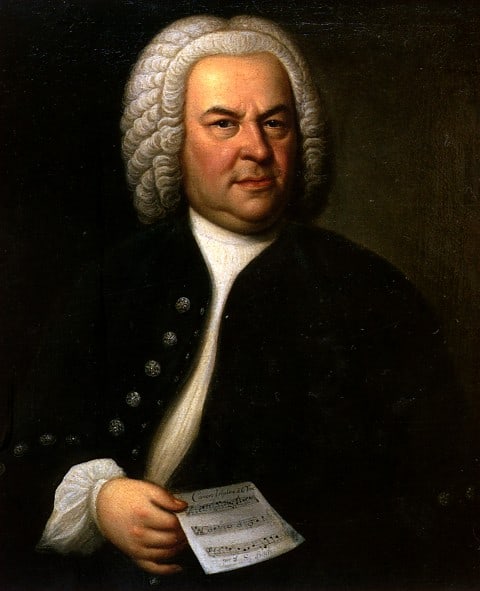
Works by Johann Sebastian Bach
The Art of Fugue : see “Die Kunst der Fuge” (under ‘K’)
Piano Concertos – see “Klavierkonzerte”
- Actus Tragicus, BWV 106 – Sonatina
- Anna Magdalena Notebook – March and three minuets (arr. guitar)
- Cello Suites nos. 1-6, BWV 1007-1012 (Marina Tarasova)
- Cello Suites nos 1-5, BWV1007-1011 (Ulrich Heinen)
- Cello Suite no. 1, BWV1007 – Prelude and Sarabande (arr. guitar)
- Cello Suite no. 2, BWV1008 – Minuet (arr. guitar)
- Cello Suite no. 3, BWV1009 – Sarabande(arr. guitar)
- Cello Suite no. 4, BWV1010 – Bouree(arr. guitar)
- Cello Suite no. 6, BWV1012 – Gavotte (arr. guitar)
- Chorale Prelude: Nun komm der Heiden Heiland, BWV599
- Chorale Prelude: Nun komm der Heiden Heiland, BWV62 (arr. Busoni for piano)
- Chorale Prelude: Nun komm der Heiden Heiland BWV 639 (arr. piano)
- Chorale Prelude: Ich ruf zu dir, BWV639 (organ)
- Chorale Prelude: Ich ruf zu dir, BWV 639 (piano)
- Chorale Prelude: Ich ruf zu dir, BWV177 (arr. Busoni for piano)
- Chorale Prelude: O Mensch, bewein BWV622(David Hamilton)
- Chorale Prelude: O Mensch, bewein BWV622 (Henry Wallace)
- Chorale Prelude: Wachet auf, BWV645 (David Hamilton)
- Chorale Prelude: Wachet auf BWV645 (Henry Wallace)
- Chorale Prelude: Wachet auf, BWV140 (arr. Busoni for piano)
- Chromatic Fantasia & Fugue in D minor, BWV 903 (Burkard Schliessmann)
- Chromatic Fantasia & Fugue in D minor, BWV 903 (Jill Crossland)
- Chromatic Fantasia & Fugue in D minor, BWV 903 (Burkard Schliessmann – Live & Encores)
- Concerto for Oboe in D minor by Marcello (arr. by Bach for keyboard), BWV 974
- Dies sind die heil’gen zehn Gebot’, BWV 678
- English Suite No. 2 in A minor, BWV 807 Jill Crossland)
- English Suite No. 2 in A minor, BWV 807 – Sarabande (Jonathan Phillips)
- English Suite no. 3 in G minor, BWV808
- Erbarm dich mein, o Herre Gott, BWV 721 (David Hamilton)
- French Suite No. 1 in D minor, BWV 812 – Sarabande
- Fantasia & Fugue in A minor, BWV 904
- Fantasia, Adagio & Fugue in C minor, BWV 906/968
- Fantasia in C major, BWV 906
- Fantasia in G minor, BWV 917
- Flute Sonata no. 6 in E flat major, BWV 1035
- French Suite No. 1 in D minor, BWV 812
- “Goldberg” Variations, BWV 988 (Diana Boyle)
- “Goldberg” Variations, BWV 988 (Burkard Schliessmann)
- “Goldberg” Variations, BWV 988 – Aria (Jenny Q Chai)
- “Goldberg” Variations, BWV 988 – Aria (Jonathan Phillips)
- Italian Concerto, BWV 971 (Burkard Schliessmann)
- Italian Concerto, BWV 971 (Burkard Schliessmann Live & Encores)
- Italian Concerto, BWV 971 – Andante (Jonathan Phillips)
- Jesu, Joy of Man’s Desiring, (arr. Hess for piano)
- Klavierkonzert (Keyboard Concerto) in A major, BWV1055
- Klavierkonzert (Keyboard Concerto) in D major, BWV 1054
- Klavierkonzert (Keyboard Concerto) in D minor, BWV 1052 (Lucia Micallef)
- Klavierkonzert (Keyboard Concerto) in D minor, BWV 1052 (Peter Seivewright)
- Klavierkonzert (Keyboard Concerto) in E major, BWV1053
- Klavierkonzert (Keyboard Concerto) in F minor, BWV1056
- Klavierkonzert (Keyboard Concerto) in G minor, BWV1058 (Peter Seivewright)
- Klavierkonzert (Keyboard Concerto) in G minor, BWV1058 (Lucia Micallef)
- Die Kunst der Fuge, BWV1080 (Diana Boyle, piano)
- Die Kunst der Fuge, BWV1080 (arr. Roy Harris for string quartet)
- Lute Suite no. 1, BWV996
- Lute Suite no. 2, BWV997 – Sarabande
- Lute Suite no. 3, BWV995 – Sarabande
- Organ Concerto in D minor, BWV 596 – Largo (arr. piano)
- Organ Prelude in E minor, BWV 533
- Organ Prelude and Fugue in A minor (transcribed by Liszt for solo piano)
- Organ Sonata No. 4 in E minor, BWV 528 – Adagio
- Overture in French Style, BWV 831
- Partitas for keyboard nos. 1-6, BWV825-830 (Diana Boyle – modern piano)
- Partitas for keyboard nos. 1-6, BWV825-830 (Judith Lambden – modern piano)
- Partita for keyboard No. 1 in B flat major, BWV 825 (Jill Crossland – modern piano)
- Partita for keyboard no. 1 in B flat, BWV825 – Prelude, Minuet & Gigue (Joanna Leach – fortepiano)
- Partita for keyboard no. 1 (trans. B minor), BWV825 – Sarabande & Double (Jonathan Richards – guitar)
- Partita for keyboard no. 2 in C minor, BWV 826 (Burkard Schliessmann – modern piano)
- Partita for keyboard no. 2 in C minor, BWV 826 (Burkard Schliessmann – Live & Encores)
- Partita for solo violin no. 2, BWV1004 – Chaconne (arr. Busoni)
- Partita for solo violin no. 2, BWV1004 – Chaconne (arr. Steinmetz/Russell)
- Passacaglia in C minor, BWV 582
- Pièce d’Orgue, BWV 572
- Prelude in A major, BWV 896
- Prelude in B major, BWV868
- Prelude in B minor, BWV 855a
- Prelude in B flat minor, BWV 867
- Prelude in C min, BWV546
- Prelude (“little”) in C minor, BWV999 (guitar)
- Prelude in E major, BWV933 no. 5
- Prelude in E minor, BWV933 no. 6
- Preludes & Fugues, Well-Tempered Clavier Book II, BWV 870-893 (Diana Boyle)
- Prelude & Fugue in C minor, BWV847 (book 1, no.2)
- Prelude & Fugue in C sharp minor, BWV 849 (book 1, no. 4) (Natalia Andreeva)
- Prelude & Fugue in C sharp minor, BWV 849 (book 1 no 4) (Jonathan Phillips)
- Prelude & Fugue in D minor, BWV 850 (book 1, no.5)
- Prelude & Fugue in D, BWV851 (book 1, no.6)
- Prelude & Fugue in D, BWV875 (book 2, no.6)
- Prelude & Fugue in D, BWV532 (arr. Busoni)
- Prelude and Fugue in E flat major, BWV 552
- Prelude and Fugue in E flat major, BWV 878
- Prelude and Fugue in E flat/D sharp major, BWV 853
- Prelude in F minor, BWV 857
- Prelude in F sharp minor, BWV 883
- Prelude and Fugue in B flat minor
- Prelude Fugue and Allegro, BWV998 – Prelude
- Sinfonia No. 4 in D minor, BWV 790
- Sinfonia No. 5 in E flat major, BWV 791
- Sinfonia No. 6 in E major, BWV 792
- Sinfonia No. 7 in E minor, BWV 793
- Sinfonia No. 8 in F major, BWV 794
- Sinfonia No. 9 in F minor, BWV 795
- Sinfonia No. 11 in G minor, BWV 797
- Sinfonia No. 12 in A major, BWV 798
- Sinfonia No. 13 in A minor, BWV 799
- Toccata in C major, BWV 564 – Adagio
- Toccata in C minor, BWV 911
- Toccata in D major, BWV 912 (Katharine Durran)
- Toccata in D major, BWV 912 (Jill Crossland)
- Toccata in D minor, BWV 913
- Toccata in E minor, BWV 914 (harpsichord)
- Toccata in E minor, BWV 914 (piano)
- Toccata in F sharp minor, BWV 910
- Toccata in G major, BWV 916
- Toccata in G minor, BWV 915
- Toccata, Adagio & Fugue in C major, BWV 564
- Two-Part Invention no. 1 in C major, BWV772
- Suites BWV 995-997 & 1006a
- Prelude, Fugue and Allegro in F Major, BWV 998

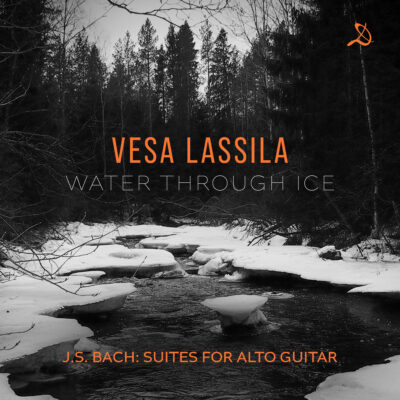
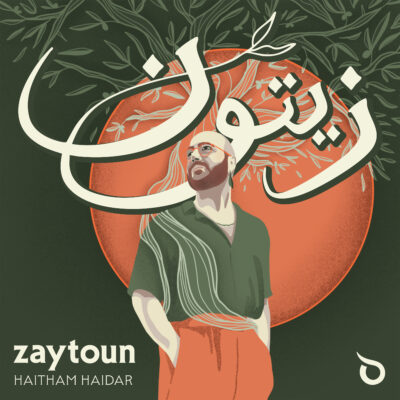

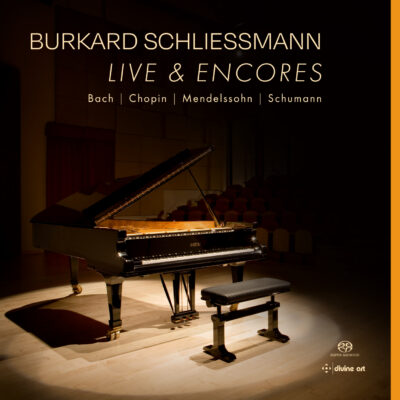
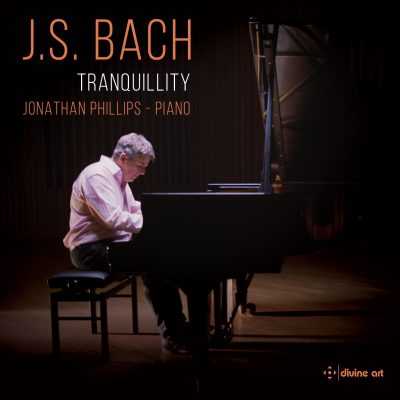
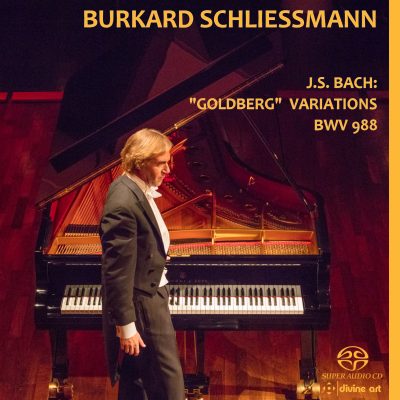
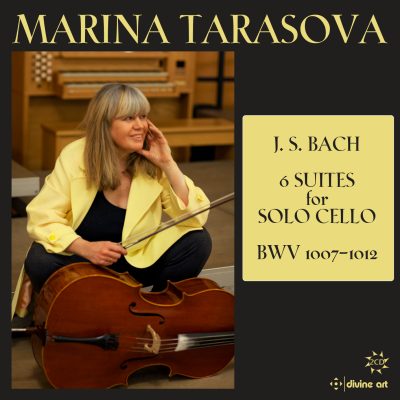


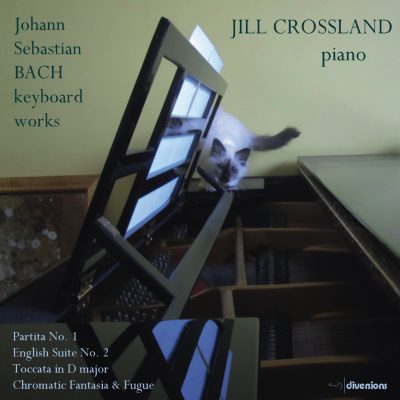
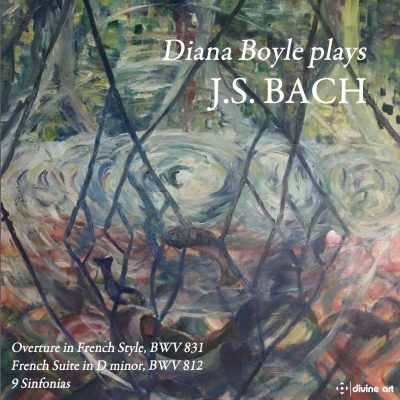
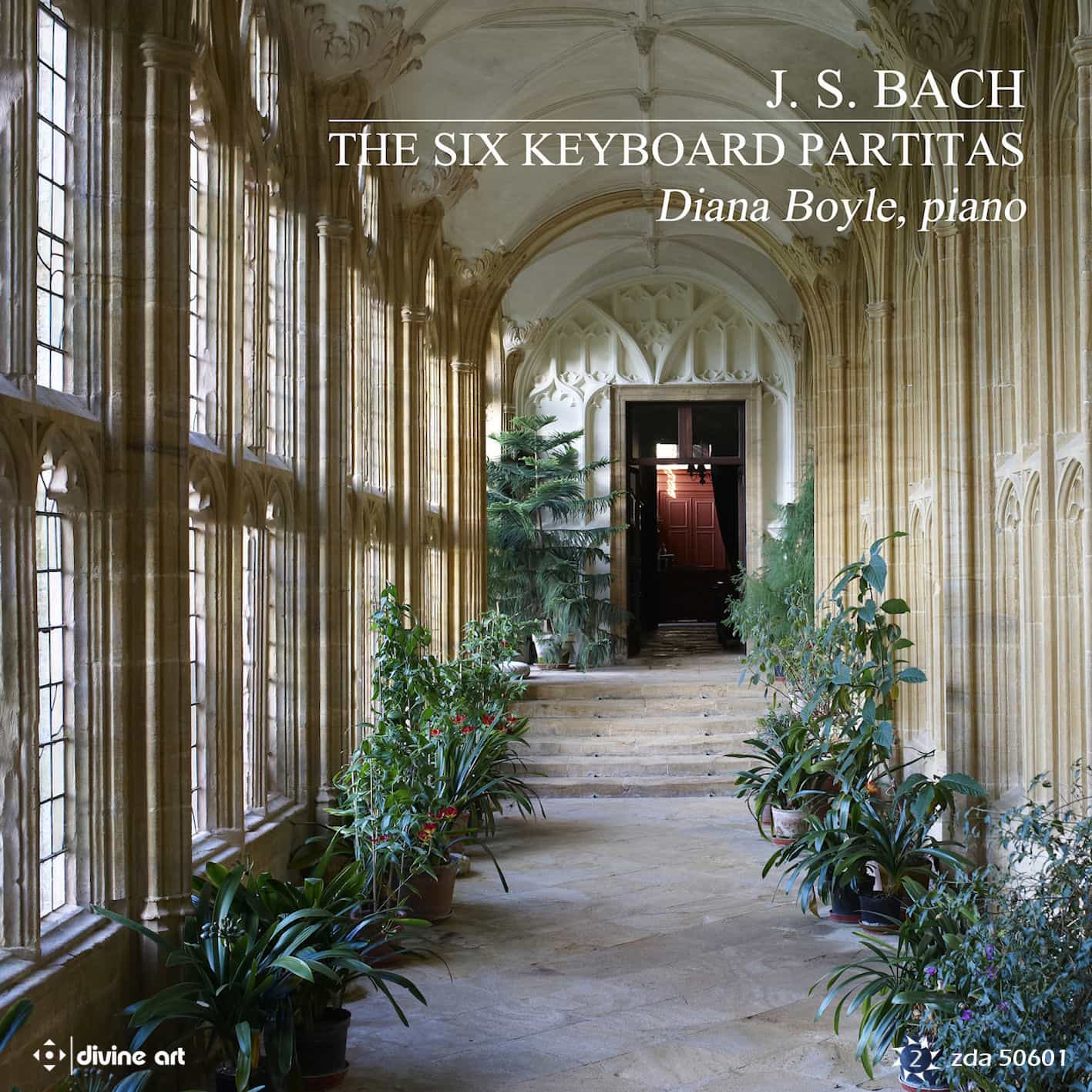


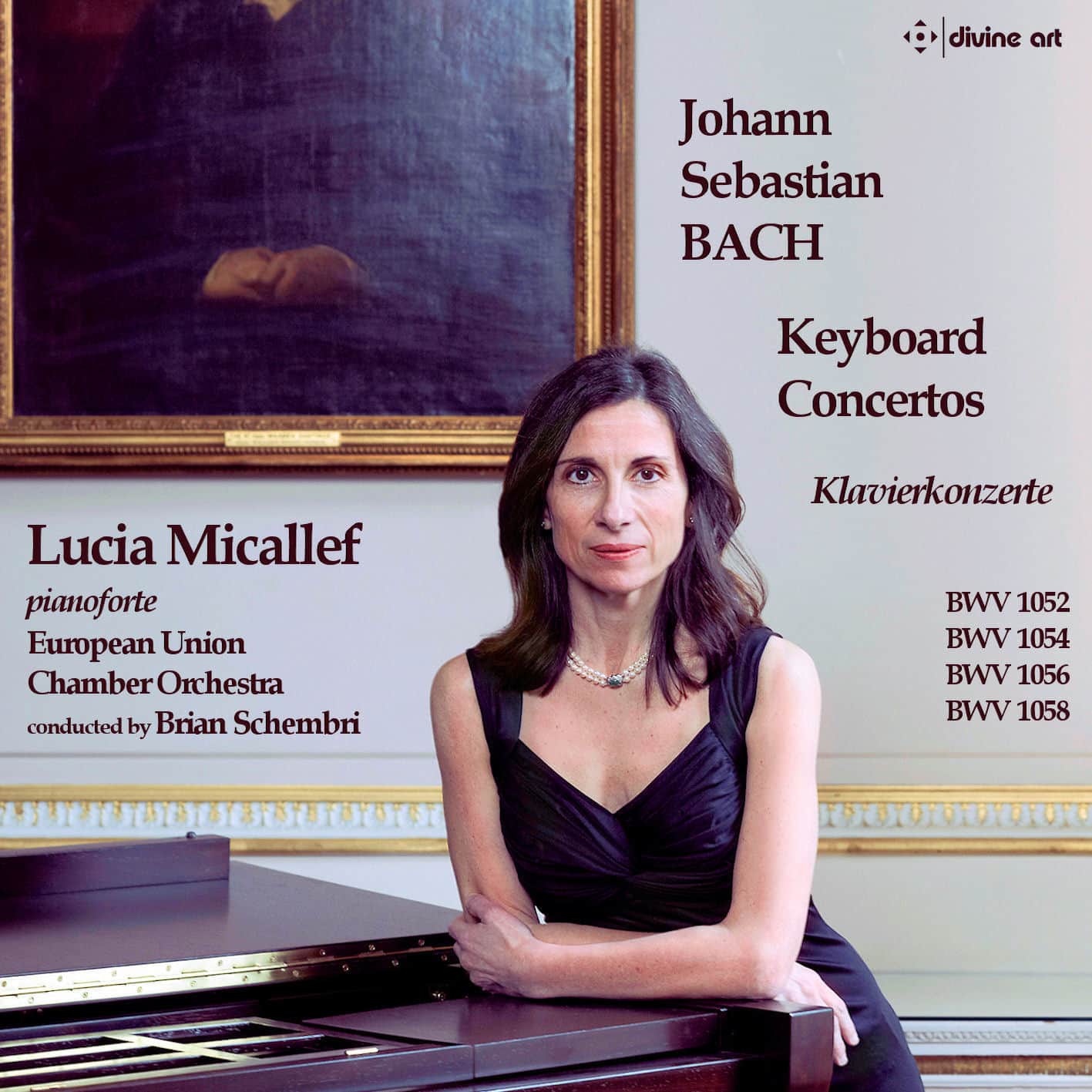










![Listen to the full suite of Marcel Dupré’s Variations Sur un Noël, Op. 20 from Alexander Ffinch’s #Expectations release today! listn.fm/expectations [in bio]](https://scontent-dfw5-1.cdninstagram.com/v/t51.71878-15/588904367_2327488161082898_8709236950834211856_n.jpg?stp=dst-jpg_e35_tt6&_nc_cat=105&ccb=7-5&_nc_sid=18de74&efg=eyJlZmdfdGFnIjoiQ0xJUFMuYmVzdF9pbWFnZV91cmxnZW4uQzMifQ%3D%3D&_nc_ohc=BGoHgV_YYfIQ7kNvwHaEWWD&_nc_oc=Adnavy1XXPsySG9ucjtfudLjjHIdSeRMyt7Emd3nd1e5rZg4Zrj1WDqMfjt9iXen-Sd_Yp87jwT1h-Cr1RI5Hpaj&_nc_zt=23&_nc_ht=scontent-dfw5-1.cdninstagram.com&edm=ANo9K5cEAAAA&_nc_gid=uiHS7atAeSBHTiBFgf2WIA&oh=00_AfoMFJBd3lveh4hoIcKs98jbi5EvJSUeU-YV6zAN7DsdHg&oe=695DFAEA)
